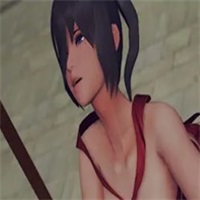A chess game infused with the theme of the Three Kingdoms, featuring diverse gameplay modes, presents an engaging way to conquer all levels, challenge every hero, and swiftly master chess endgames. Xiangqi, a form of chess originating from China, is a two-player strategic game with a rich history. Due to its simple yet intriguing pieces, it has become a widely enjoyed chess activity.
Chess Pieces
Xiangqi features thirty-two pieces, split evenly between red and black sides, with each side comprising sixteen pieces across seven categories. Here's the breakdown:
- Red pieces: One General (Shuai), two each of Chariots (Ju), Horses, Cannons, Advisors (Shi), and Elephants (Xiang), and five Soldiers.
- Black pieces: One General (Jiang), two each of Chariots (Ju), Horses, Cannons, Advisors (Shi), and Elephants (Xiang), and five Soldiers.
General (Shuai/Jiang)
The red side's leader is called "Shuai" and the black side's is "Jiang". These pieces, central to the game, can only move within the "palace" (nine houses), moving one square orthogonally (up, down, left, right). Direct confrontation between the two Generals in a straight line results in an immediate loss for the moving player.
Advisor (Shi)
Known as "Shi" for both sides, Advisors are confined to the palace and can only move diagonally within it, one square at a time.
Elephant (Xiang)
Called "Xiang" for red and "Xiang" for black, Elephants move diagonally two squares, a move known as "flying over the field". Their movement is restricted to their side of the "river" and is blocked if another piece occupies the middle square of the "field", a situation referred to as "blocking the Elephant's eye".
Chariot (Ju)
The Chariot is the most powerful piece, moving any number of squares along ranks and files, as long as there are no pieces in the way, hence known as "driving straight". A single Chariot can control up to seventeen points, thus the saying, "one Chariot is worth ten pieces".
Cannon
Cannons move like Chariots without capturing but must jump over exactly one piece to capture another, a move called "firing across the screen" or "over the mountain".
Horse
Horses move in an "L" shape, one square orthogonally followed by one square diagonally, known as "stepping like a horse". They can reach up to eight points around them, hence "eight directions of awe". If a piece blocks the first square of the move, the Horse cannot proceed, a scenario dubbed "tripping the Horse's leg".
Soldier/Pawn
Red Soldiers and black Pawns move forward one square at a time. Before crossing the river, they cannot move laterally; afterward, they gain the ability to move left or right one square, greatly increasing their strategic value, leading to the phrase "small Pawn crossing the river can challenge a Chariot".
Players take turns moving their pieces, embodying the combat philosophy from Sun Tzu's Art of War, aiming to "subdue the enemy without fighting" and achieve "checkmate" or "trap" the opponent's General. The game begins with the red side's move, followed by alternating turns until a winner is determined or a draw is agreed upon. Engaging in Xiangqi not only entertains but also enhances cognitive skills through the complex interplay of attack, defense, feints, and overall strategy.

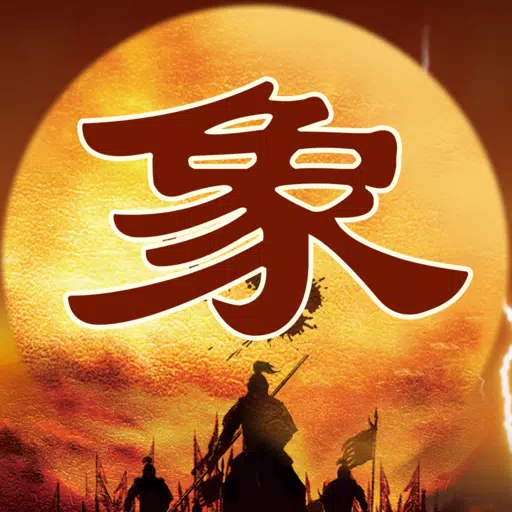
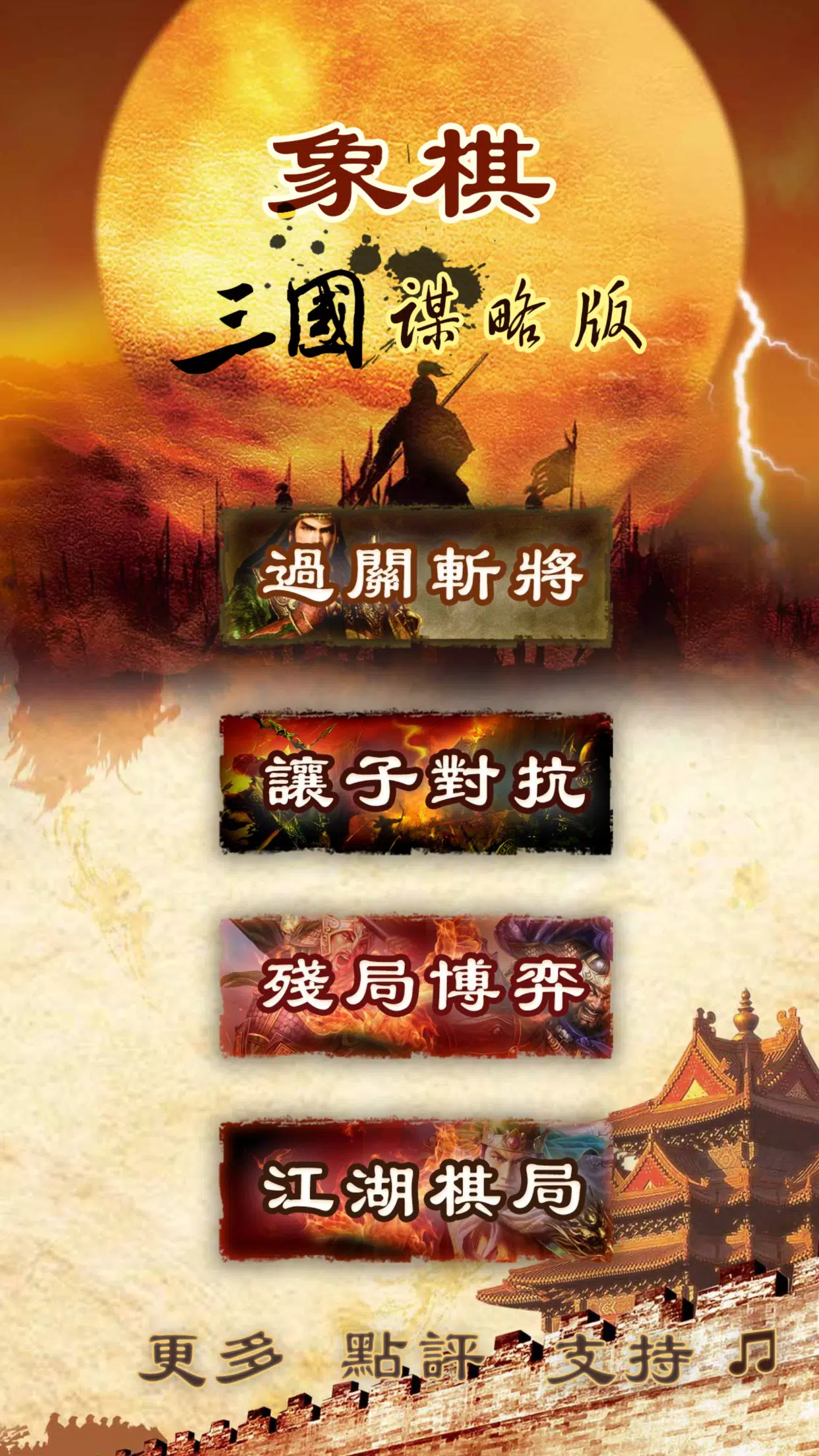
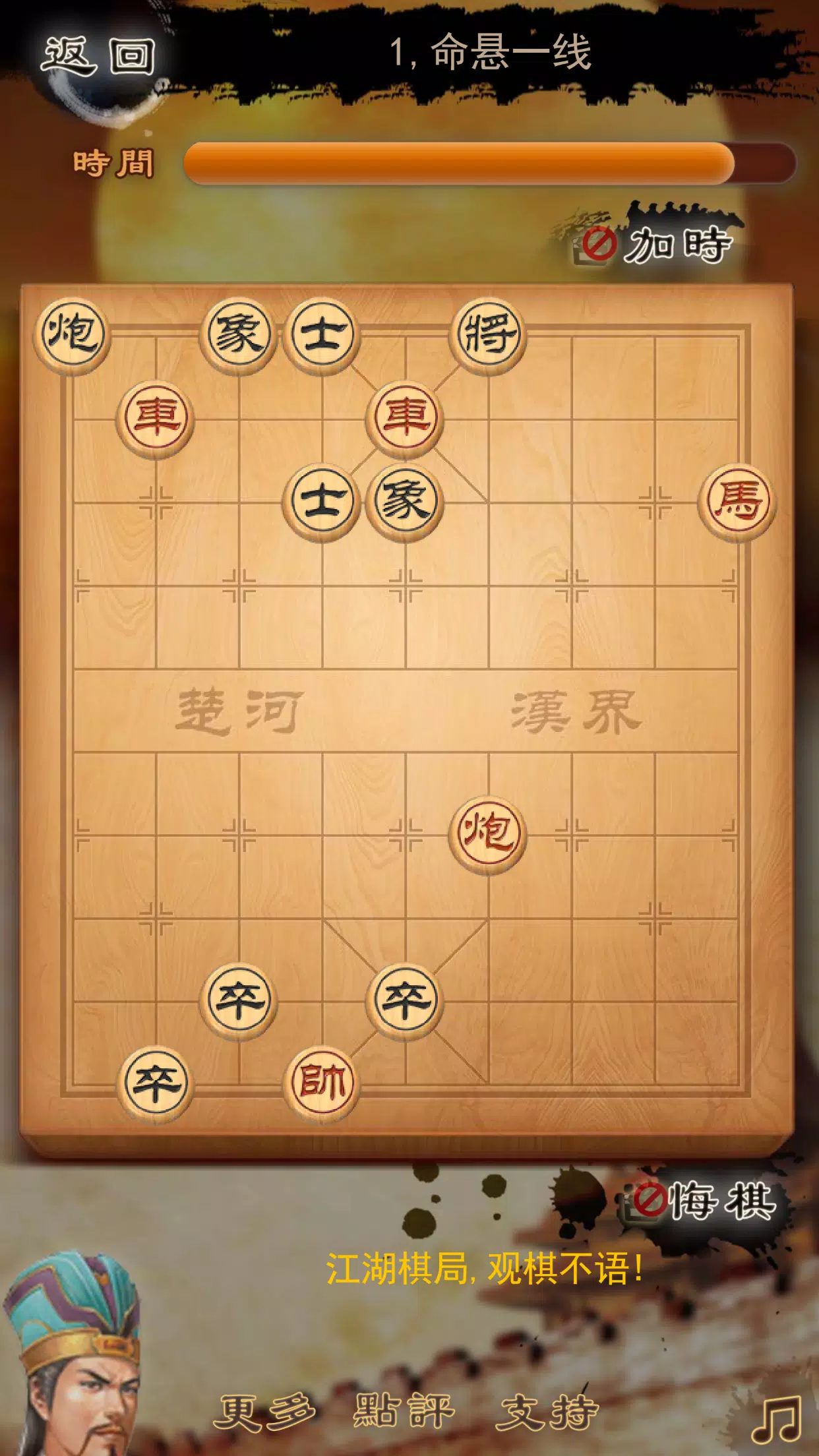
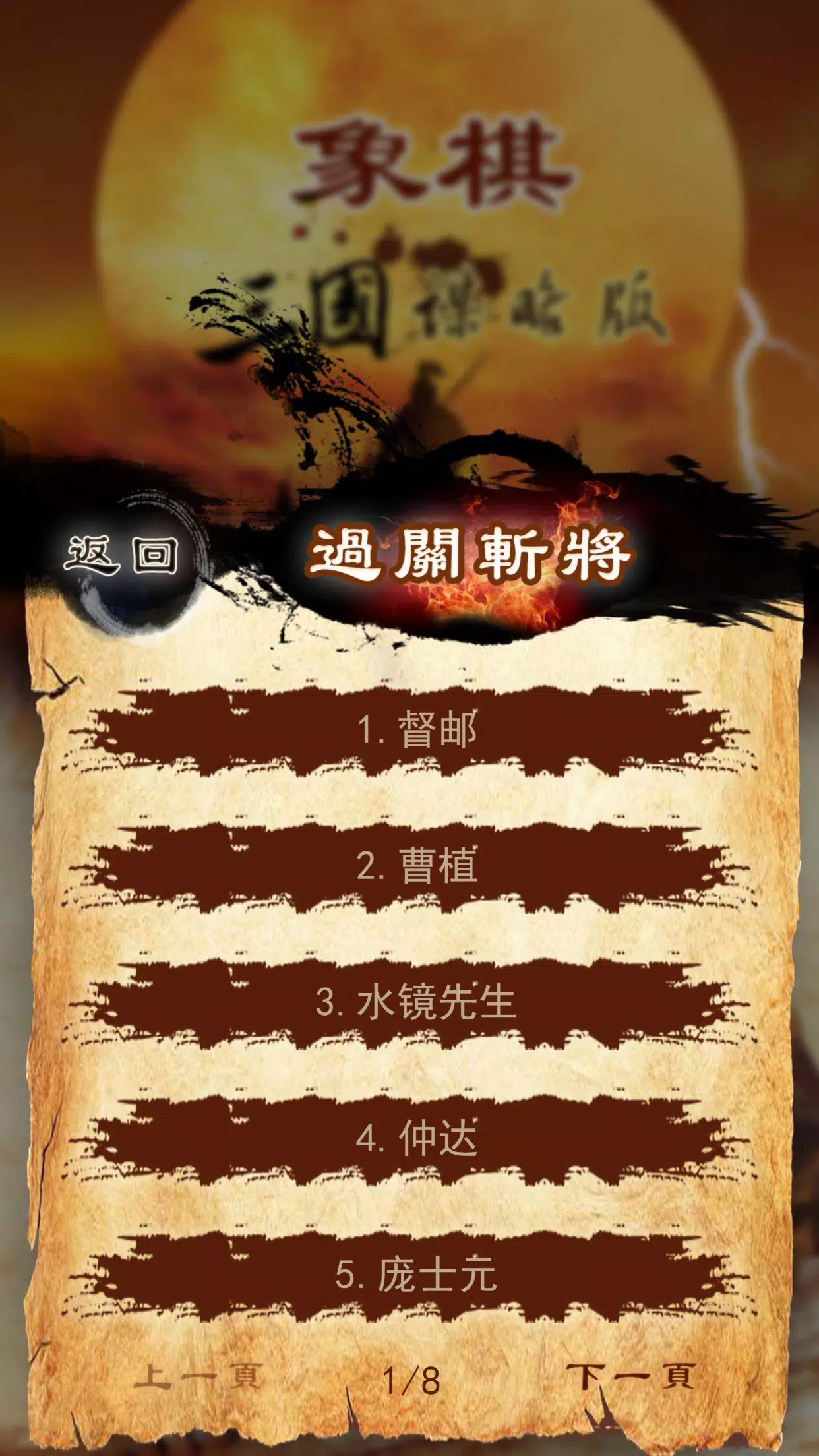






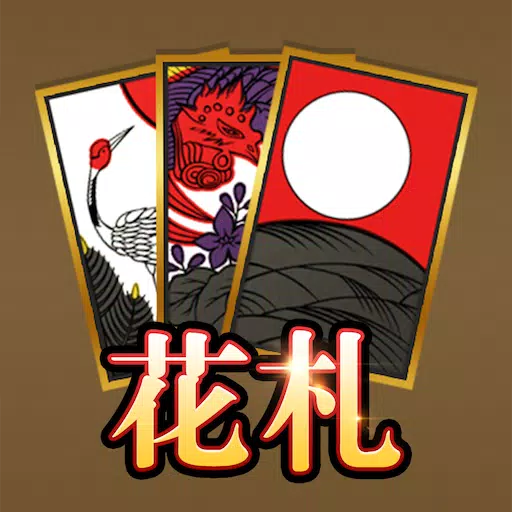
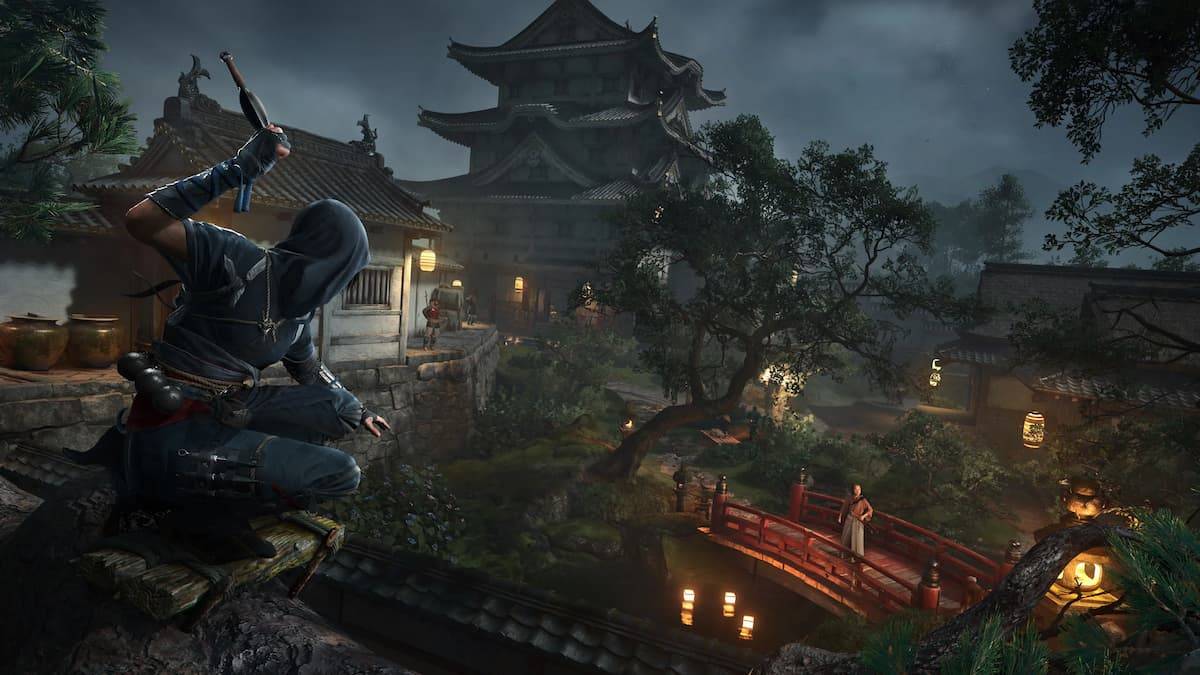


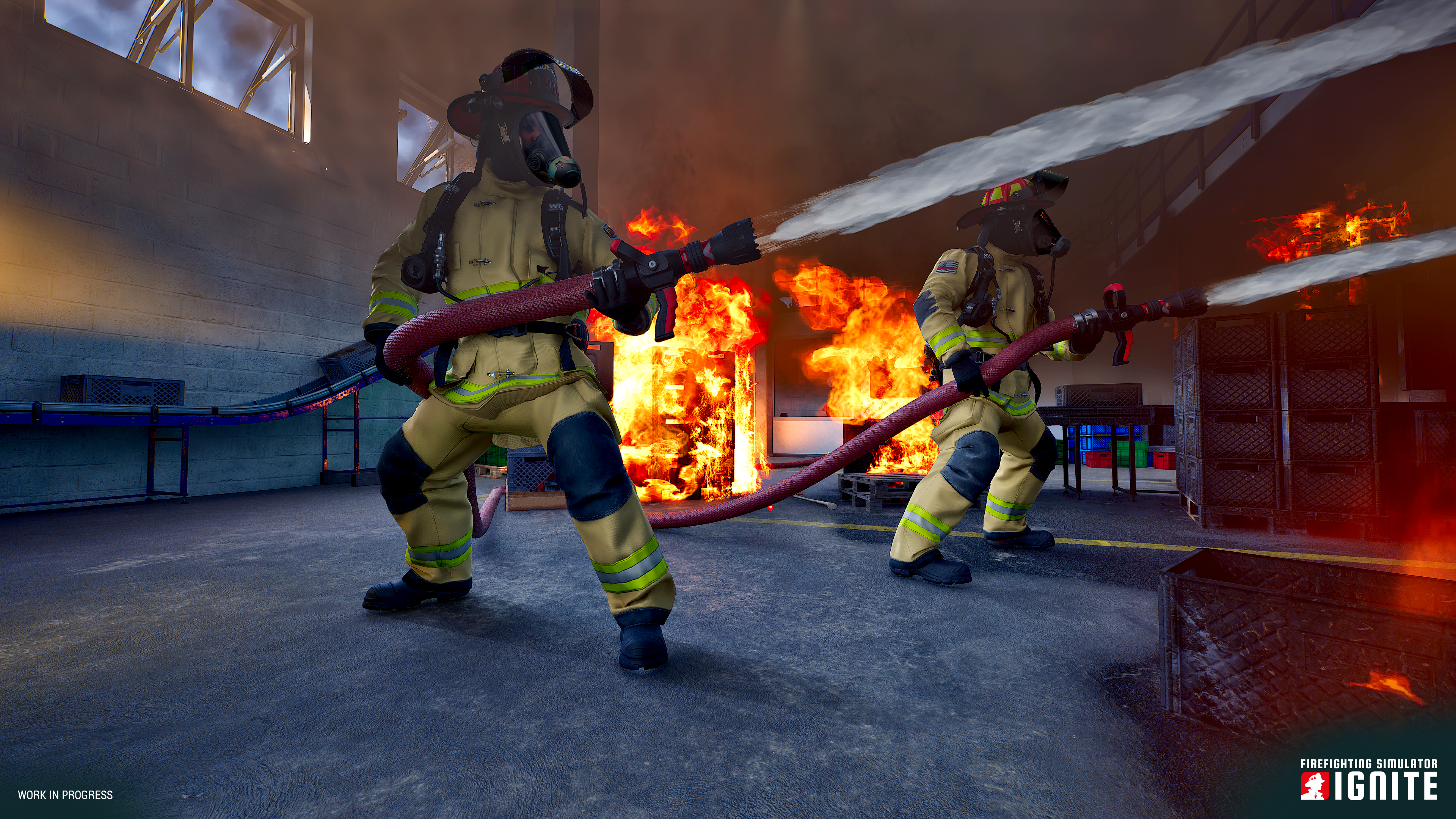
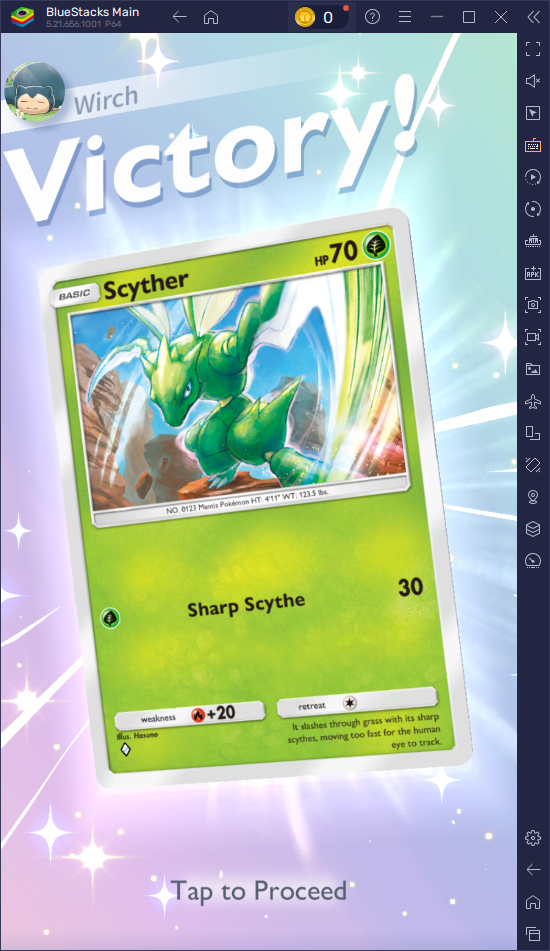



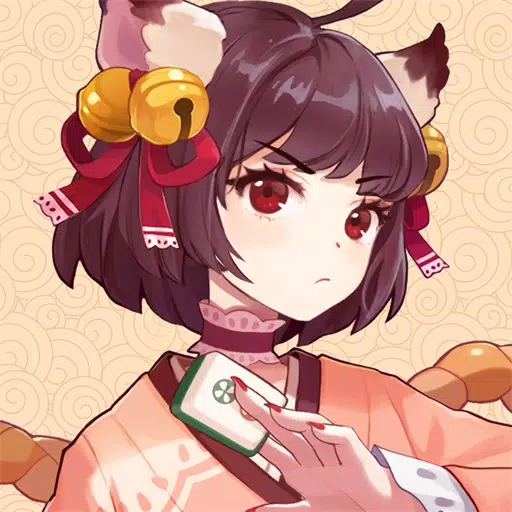





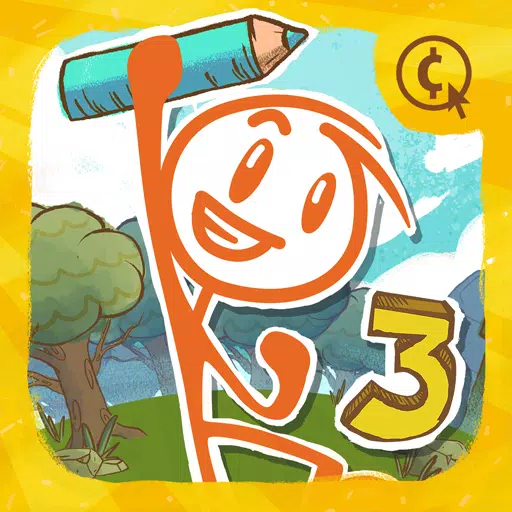







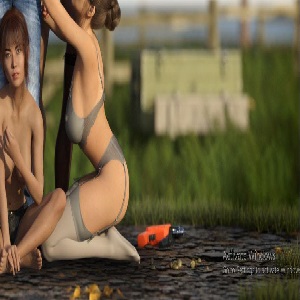
![City Devil: Restart [v0.2]](https://img.icssh.com/uploads/38/1719554737667e52b102f12.jpg)


